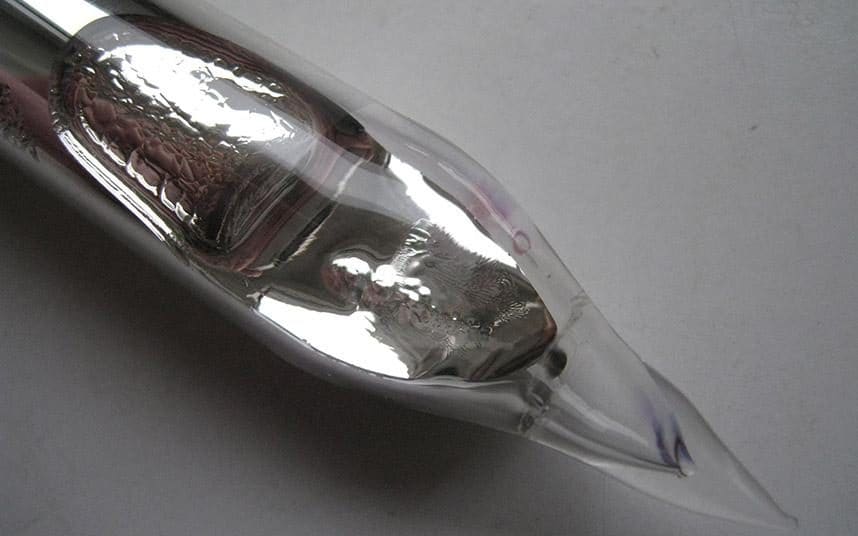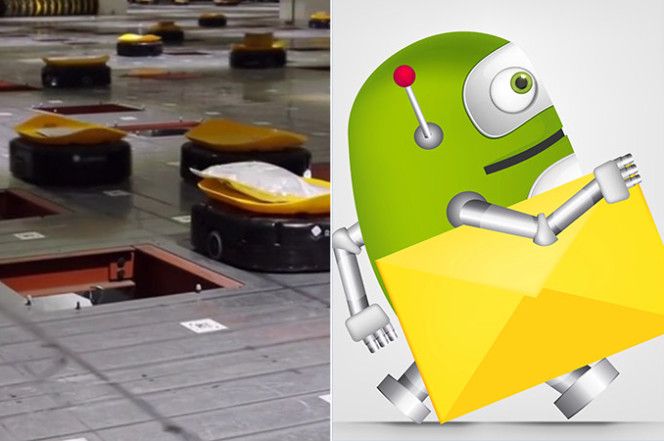Page 10719
Apr 19, 2017
California Gov Candidate: Develop the Coastline to Fund Income for Everyone
Posted by Zoltan Istvan in categories: economics, robotics/AI
My idea of leasing Federal lands to pay a basic income (coined #ZoltPay by some) has been catching on. People are asking for specifics, and here’s how I’d start getting all Californian’s money as a Governor my first year in Office without raising taxes. Naturally, to fully fund a state (as well as a national) basic income is an incremental process, in the same way automation is an incremental process. But there are methods to literally make all Californians wealthier almost overnight. The world is changing and we need bold transformative ideas to thrive. 40% of Californian’s live right around the poverty line. That’s simply unacceptable. The Dems and GOP have created this mess. Give someone else a shot now! Happy reading!
Zoltan Istvan, a Libertarian candidate for governor of California, wants to provide a universal basic income for all state residents — and lease out public lands to generate the revenues. Is it crazy talk?
Apr 19, 2017
This Chip Interfaces With The Brain to Help The Blind See
Posted by Shailesh Prasad in categories: computing, cyborgs, neuroscience, transhumanism
Apr 19, 2017
Zuckerberg: Facebook Is Working on a Brain Interface That Lets You “Communicate Using Only Your Mind”
Posted by Shailesh Prasad in categories: augmented reality, robotics/AI, virtual reality
In case you missed it, Facebook’s annual developer conference started today. At the event, CEO Mark Zuckerberg revealed key details about where the company is going next, specifically focusing on what Facebook is working on in relation to bots, virtual reality, augmented reality, and new communication methods (such as advances they are working on in Messenger).
Oh, and he also said that key details are going to be revealed tomorrow about Facebook’s “direct brain interface.”
The work comes from Facebook’s mysterious “Building 8 (B8),” which has apparently been working on brain-computer technologies for some time. In their recent call for an engineer, B8 states that they are seeking “an experienced Brain-Computer Interface (BCI) Engineer who will be responsible for working on a 2-year B8 project focused on developing advanced BCI technologies.”
Apr 19, 2017
Dr. Alex Zhavoronkov – A.I. Versus Aging
Posted by Steve Hill in categories: life extension, robotics/AI
Apr 19, 2017
AIMS takes Africa on a quantum leap into science
Posted by Derick Lee in categories: internet, mathematics, science
AIMS contributes to this by having created a network across the continent via its various centres in South Africa (initially founded in Cape Town in 2003), Senegal, Ghana, Cameroon, Tanzania, and now Rwanda. It not only educates but it also actively promotes mathematics and science in Africa in various effective ways, some of which we will cover below. It is essentially creating a pool of excellent African mathematicians and scientists who will (in turn) apply solutions to our continent’s challenges. Yes, many of them actually stay here.
AIMS’ new centre in Rwanda offers a model many of our organisations, and many entrepreneurs, can follow. It’s an exciting endeavour creating a quantum leap for the continent. But it should also make us ask hard questions about what we deem important and what we talk about.
As soon as I touched down at Kigali International Airport, Rwanda, I could feel something phenomenal was in the air. Perhaps it was because people kept telling me that Kigali is a true African city, or perhaps it was the sheer amount of beauty of Rwanda — an African nation with its own, unique African identity — or perhaps it was the amazing innovation and technology I encountered from touchdown (free Wi-Fi on the bus, MTN tap-and-go payments, and more) right to where I was going: The African Institute of Mathematical Sciences (AIMS).
Continue reading “AIMS takes Africa on a quantum leap into science” »
Apr 19, 2017
Tiny thermophotovoltaic device harvests energy from infrared wavelengths
Posted by Klaus Baldauf in category: energy
Waste heat could be a valuable source of energy – if only we could find a way to capture it efficiently. Now two Duke University researchers have a plan to do just that. They have developed a new thermophotovoltaic device that harvests energy from waste heat by capturing infrared wavelengths.
Apr 19, 2017
Physicists create mind-bending ‘negative mass’ that accelerates backwards and could help explain black holes
Posted by Dan Kummer in categories: cosmology, physics
Scientists have created a fluid with “negative mass” which they claim can be used to explore some of the more challenging concepts of the cosmos.
Washington State University physicists explained that this mass, unlike every physical object in the world we know, accelerates backwards when pushed.
The phenomenon, which is rarely created in laboratory conditions, shows a less intuitive side of Newton’s Second Law of Motion, in which a force is equal to the mass of an object times its acceleration (F=ma).
Apr 19, 2017
Job-stealing Chinese robots take over delivery company
Posted by Dan Kummer in category: robotics/AI
Shentong Express Tracking has started using a robot workforce to sort their packages and parcels. The new staff can work up to 24 hours a day and sort through an estimated 200,000 items a day.
Apr 18, 2017
Huge asteroid to give Earth a very close shave on April 19
Posted by Dan Kummer in categories: asteroid/comet impacts, existential risks
NASA says a 2,000-foot-wide space rock will pass within 1.1 million miles of our planet this week.

















